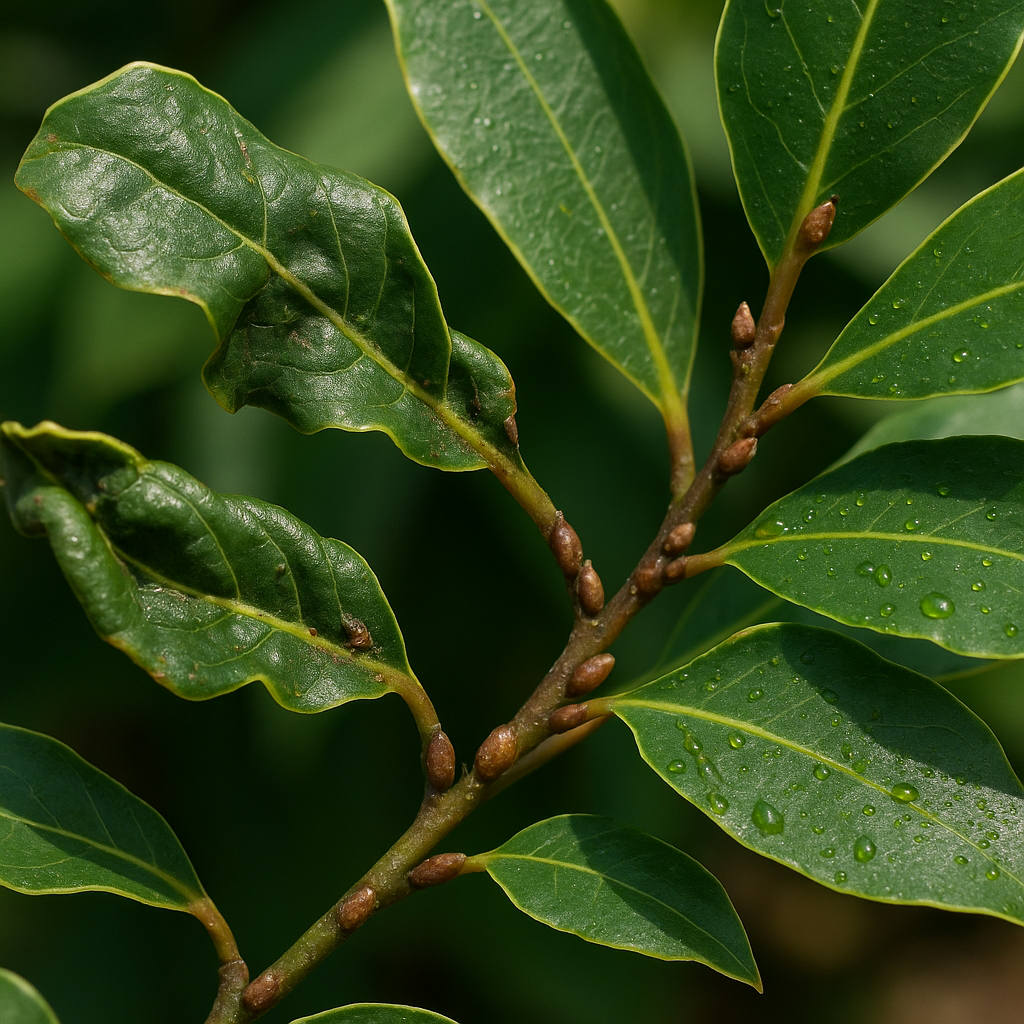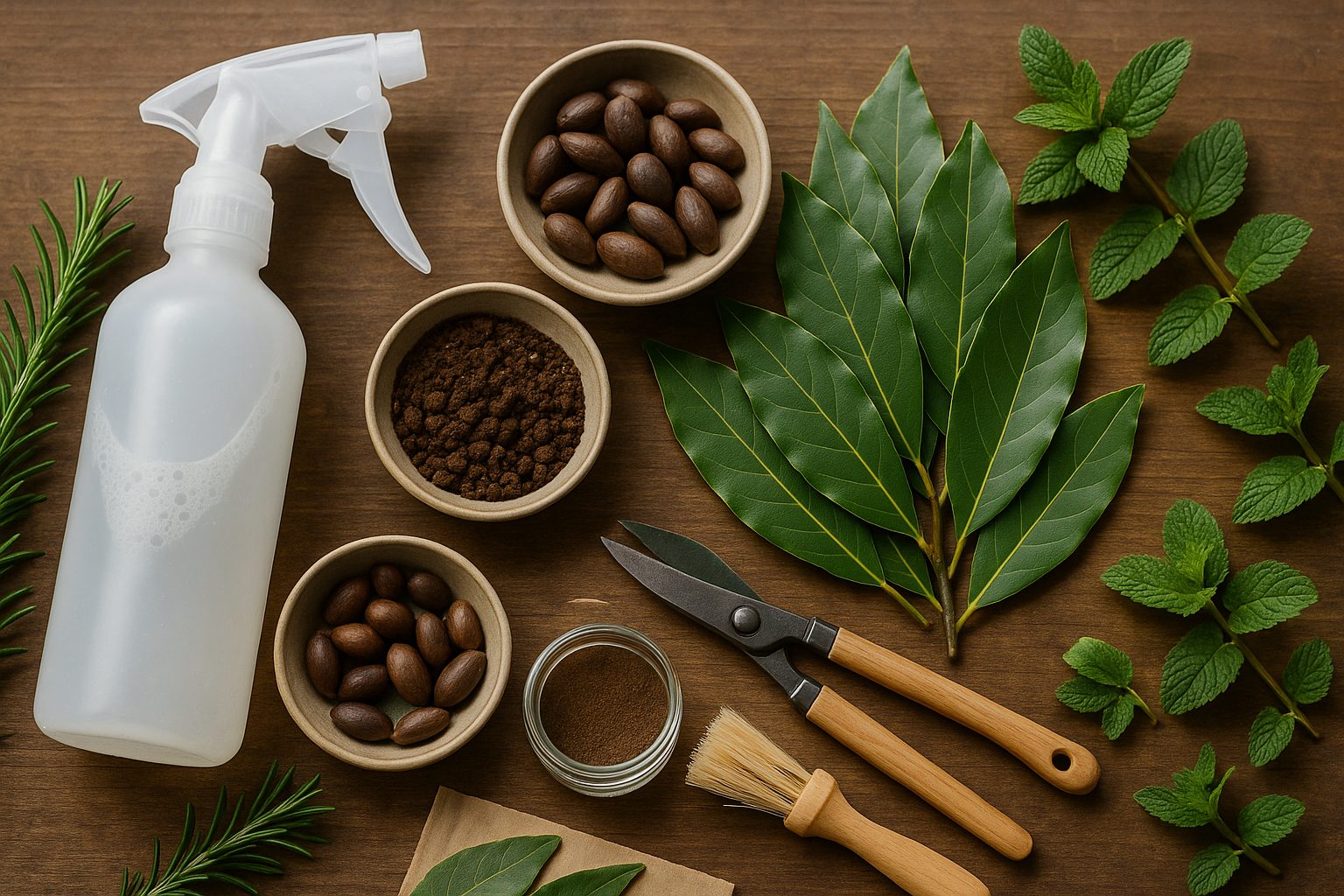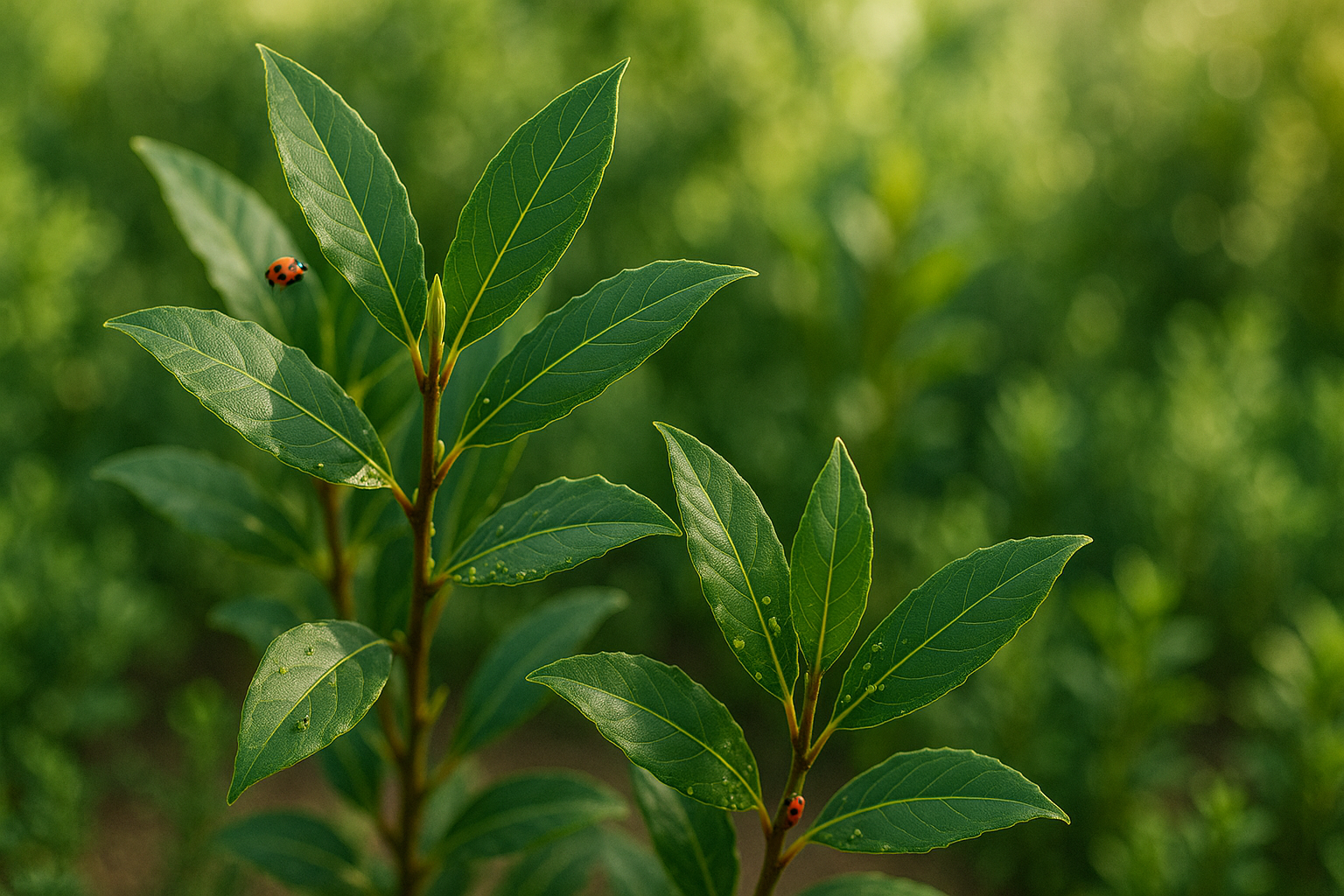Common Bay Leaf Pests and How to Spot Them

Bay leaf plants, while hardy, can fall prey to a handful of pesky invaders such as bay suckers, scale insects, and aphids. These common pests can quickly cause noticeable damage if left unchecked.
Look for signs like yellowing leaves, curling at the edges, and a sticky residue—often called “honeydew”—which can indicate aphid or scale insect activity. Bay suckers tend to distort young leaves, leaving them puckered or curled. Scale insects appear as small, brownish bumps that cling to stems and leaf veins, while aphids may cluster on new growth, causing wilting and an unhealthy overall look.
Spotting these symptoms early is essential for your plant’s health, as unchecked infestations can stunt growth and even kill young bay trees. The good news is that natural pest control methods, like washing leaves with soapy water, introducing beneficial insects such as ladybugs, or pruning affected areas, can often keep these pests at bay.
By regularly checking your plant and acting at the first sign of trouble, you can protect your bay leaf plant without resorting to harsh chemicals, making your herb garden safer for both people and pets.
Understanding Damage
Bay leaf plants can fall victim to several pests, each leaving distinct signs of damage that are important to spot early. Bay suckers are notorious for causing leaves to curl up tightly, sometimes showing yellow or brown edges, making the plant look weak and stressed. Aphids, another common pest, cluster under the leaves and often leave behind a telltale sticky residue known as honeydew. This not only attracts ants but can also lead to sooty mold that mars the leaves’ appearance.
If these infestations are allowed to persist, the plant’s overall vigor declines, with slow growth, sparse new leaves, and weak branches becoming common. Prolonged pest problems can also reduce the aroma and oil content of the leaves, downgrading them for culinary use. Leaves with obvious blemishes, scars, or stickiness are much less appetizing in your kitchen, making timely pest management essential for any bay leaf grower.
Natural Control Methods for Bay Leaf Pests

Controlling pests on your bay leaf plant doesn’t have to involve harsh chemicals—organic and non-toxic solutions can be just as effective when used consistently. Start by inspecting your plant regularly; early detection is key to stopping infestations before they become serious.
Remove visible pests like scale insects, caterpillars, or aphids by gently hand-picking them or using a soft brush. Promptly prune away any infested or damaged leaves to prevent the spread.
For a simple homemade remedy, mix a few drops of mild, fragrance-free dish soap in a spray bottle filled with water, and mist the leaves to suffocate soft-bodied pests. Rinse the plant after a few hours to avoid residue buildup.
Neem oil, diluted according to the label, is another potent organic option—its natural compounds disrupt pest life cycles without harming the plant. You can also try essential oil blends, like peppermint or rosemary oil mixed with water, as natural deterrents.
No matter the method, repeat treatments every few days and be patient—natural pest control takes persistence. With regular care and vigilance, you’ll keep your bay leaf plant thriving and chemical-free.
Encouraging Beneficial Insects and Companions
Attracting beneficial insects like ladybugs, lacewings, and parasitic wasps can naturally keep bay leaf pests such as aphids and scale insects in check. These allies are invaluable—ladybugs and lacewing larvae devour destructive pests, while parasitic wasps lay their eggs inside hosts like caterpillars, reducing pest numbers over time.
To invite these helpers into your garden, plant a mix of nectar-rich flowers such as dill, fennel, or marigolds near your bay trees; these plants provide both food and shelter. Avoid using broad-spectrum insecticides, which harm both pests and beneficial insects alike, making it harder for natural predators to do their job.
By encouraging a variety of plants and insects, you create a more balanced ecosystem that’s resilient to pest outbreaks. This approach not only safeguards your bay leaves but also contributes to a healthier, more vibrant garden overall.
When to Intervene
Check your bay leaf plants at least once a week for signs of pests, such as discolored leaves, sticky residue, or clusters of insects. If you catch problems early, try natural solutions like washing the leaves or introducing beneficial insects.
However, if you notice rapid spreading, severe leaf damage, or no improvement after two weeks, it’s time to take more decisive action. Remove pests by hand or prune heavily infested branches. Be sure to isolate affected plants from healthy ones to prevent the problem from spreading.
For persistent infestations, consider targeted treatments like insecticidal soap or neem oil. Use these only as a last resort to minimize the impact on your garden.
Maintaining Healthy Bay Leaf Plants Year-Round
To keep bay leaf plants thriving and pest-free throughout the year, focus on consistent care. Water only when the top inch of soil feels dry, since overwatering can lead to root rot and attract pests. Place your plant in a sunny spot—ideally a south-facing window if indoors or a sheltered, bright area outdoors.
Regular pruning helps promote airflow and removes any dead or yellowing leaves that could attract bugs. Adjust your care routine with the seasons: water less during winter, and watch for pests like scale or spider mites in spring and summer. Healthy, well-cared-for bay leaf plants naturally resist infestations and recover quickly if problems occur.
Conclusion
Staying vigilant and using natural pest control methods is key to keeping bay leaves healthy and free from harsh chemicals. Eco-friendly solutions really do work, ensuring your herbs stay safe for use in the kitchen.
Have your own pest control tips? Share your successes or questions in the comments below!
